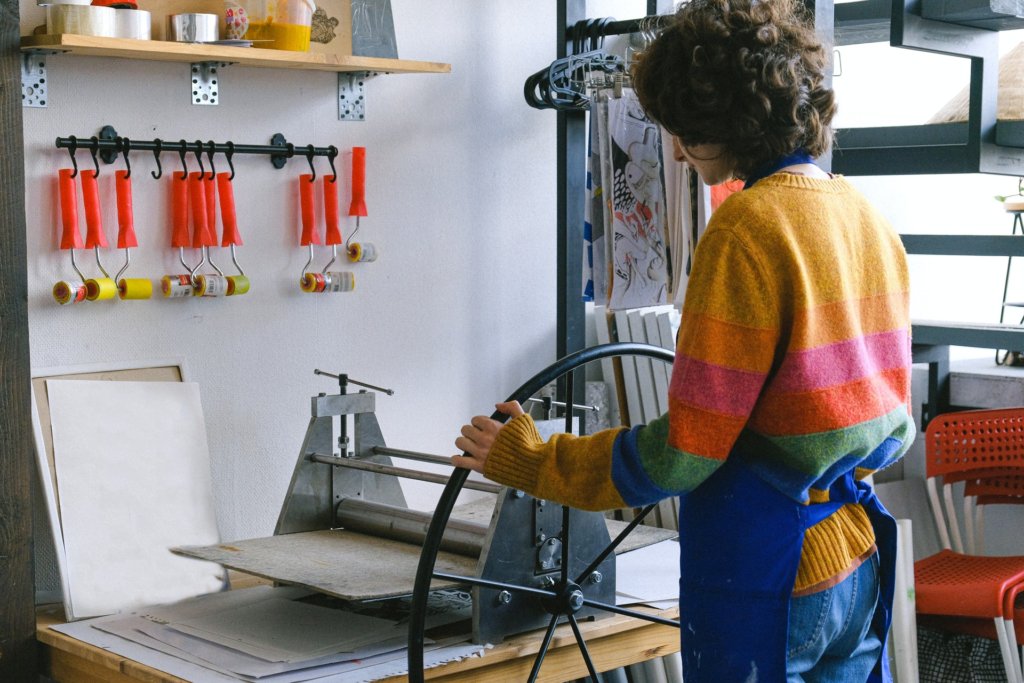While many may think that all printing processes are the same, that belief would be mistaken. There are in fact a multitude of ever-evolving printing processes and methods available, with each suited to a particular need.
The choice is so varied that it can be intimidating at choosing one, so in this article, we took the expert advice from the PlanPrinting24 team and looked at five of the best high-quality printing processes available in 2022, to help you decide which to use in your latest project.


Photo by Anna Shvets.
Digital printing
Digital printing covers a broad selection of different techniques, from laser to inkjet printing. It’s often used for labels, menus, letters and posters, and a wide variety of different applications.
Images are generally sent straight to the printer in files such as PDFs, making it a far quicker and cheaper process than other options such as lithography, eliminating the need for a printing plate. It’s a cost-effective, fast option that can be amazing for small and large jobs alike, especially those on a tight time scale.
Offset lithography
Offset lithography is a printing process that’s often used with mass-produced printing projects. It’s great for rougher media such as fabrics and wood, but can also be applied to stationery and paper.
The content that needs printing is put on aluminium plates, which are then put onto rollers to print onto the media of choice. It’s a great method of producing consistent images of high quality, on a wide range of different materials – as long as they’re flat.
Screen printing
With screen printing, a fine mesh or other material transfers the image of choice to another material. It’s often used to apply images to fabric (especially clothing) although it can also be used for both metal and paper.
Screen printing is a relatively complex process, making it more efficient and cost-effective for use with larger projects. On smaller projects, however, it’s likely more efficient to use another printing process.
Flexography
This method, flexographic printing, is a modern, updated kind of letterpress printing, and is a common method for printing on uneven surfaces.
It’s a great way of completing larger jobs, using a variety of semi-liquid, quick-drying inks. It’s a quick way of printing, and is capable of handling extended runs, as the flexible photopolymer plates used are quite durable.
LED UV
LED UV printing, an increasingly popular printing process, manages to combine quick turnaround times with high-quality prints and excellent inks.
A digital process, it uses UV light to dry ink as it’s placed on the desired media, stopping the ink from sinking into the paper and allowing for instant drying. It makes the colors appear even more vividly and means turnaround times can be incredibly short.
Potentially the future of printing, it’s also environmentally friendly as it uses less power than other kinds of printing machines.
